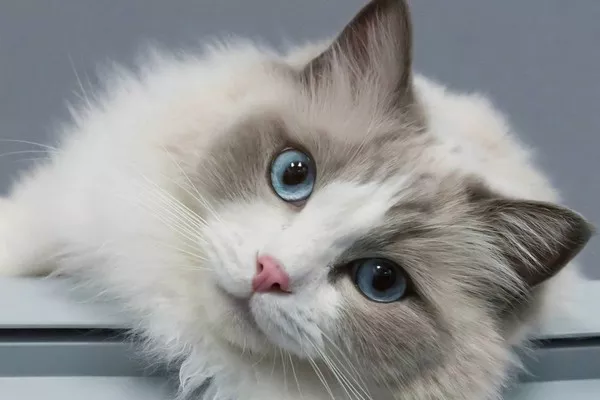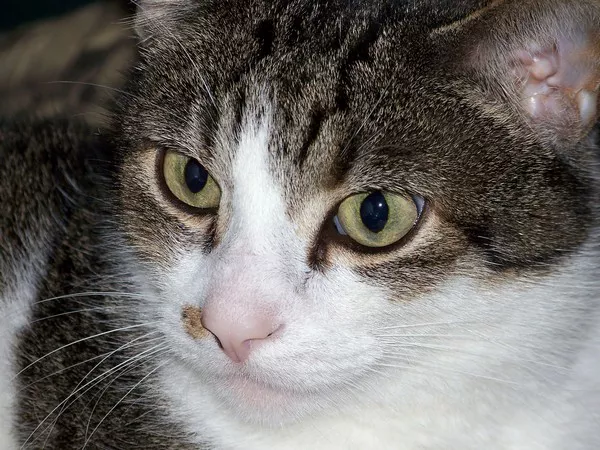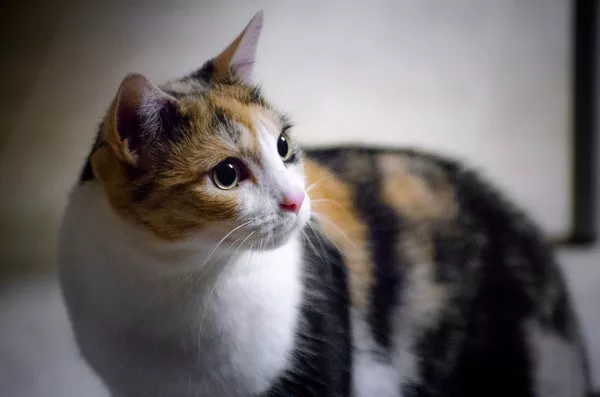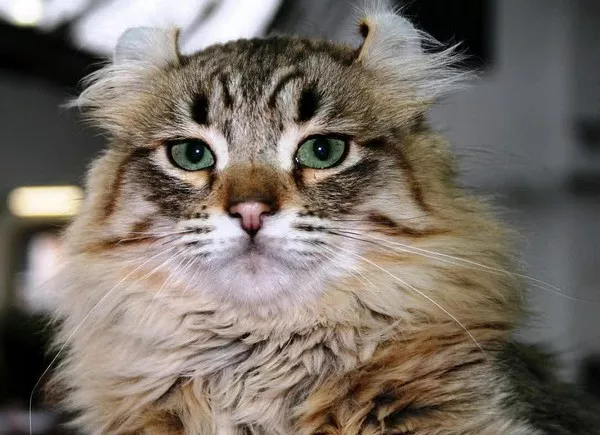When discussing the age of our furry feline companions, it’s not as straightforward as the “dog years” concept often applied to dogs. Cats don’t age at a constant rate like dogs, and their aging process is a bit more complex.
Swift Aging:
In the early stages of a cat‘s life, the aging process is rapid. For example, a one-month-old kitten is roughly equivalent to a six-month-old human baby. By the time the kitten reaches two months, its age in human years jumps to that of a four-year-old child. This swift aging continues, with a kitten reaching the equivalent of 5.5 human years at four months, 8.5 years at five months, and 11.5 years at six months.
However, after this initial phase, the aging process significantly slows down. A one-year-old cat is roughly similar to a 16-year-old human. This means that in the first six months of life, a cat ages 11.5 years but only ages an additional 4.5 years in the following six months.
Calculating Cat Years:
There’s an alternative method for calculating a cat’s age. In this approach, a one-year-old cat is equivalent to a 16-year-old human, and a two-year-old cat is like a 21-year-old human. Beyond the two-year mark, each human year is considered equivalent to four cat years. For instance, a three-year-old cat is likened to a 25-year-old human, and so on.
In this formula established by experts at Cornell University, a cat’s age can be easily “translated” into human years throughout its lifespan. There’s a slight variation in the first method, where a three-year-old cat is considered 31 in human years, a four-year-old cat is 35, and a five-year-old cat is equivalent to 38.5 human years.
Average Lifespan:
Today, the average lifespan of a domestic cat is around 14 years. Remarkably, the oldest recorded cat, Creme Puff, lived for an astounding 38 years. This increased lifespan, up from an average of seven years in the early 1980s, reflects advancements in cat care and veterinary medicine.
Determining a cat’s age is typically done by examining its teeth, looking at growth in kittens, and assessing wear and tear in older cats. Changes in fur texture and physical condition also play a role in age assessment.
These age-calculating methods offer a more precise estimate than the simplistic 7:1 ratio, shedding light on how cats age differently from dogs.
Cats and Aging:
As cats age, their care needs, behavior, and health can change. Some physical changes in older cats include graying fur, decreased mobility, weight changes, declining vision or hearing, and dental issues.
In terms of behavior, senior cats tend to sleep more, play less, and may become more irritable or less tolerant of disruptions. They might also exhibit signs of cognitive dysfunction, similar to dementia in humans, such as disorientation and altered sleep patterns.
Older cats are more susceptible to health issues like kidney disease, diabetes, hyperthyroidism, cancer, and heart disease. Regular veterinary check-ups are crucial for early detection of these health concerns.
To provide the best care for an aging cat, consider a diet tailored for senior cats, provide comfortable bedding and easy access to favorite spots to ease arthritis pain, engage in interactive play to keep them mentally stimulated, and practice gentle grooming to manage changes in skin or coat health.






















